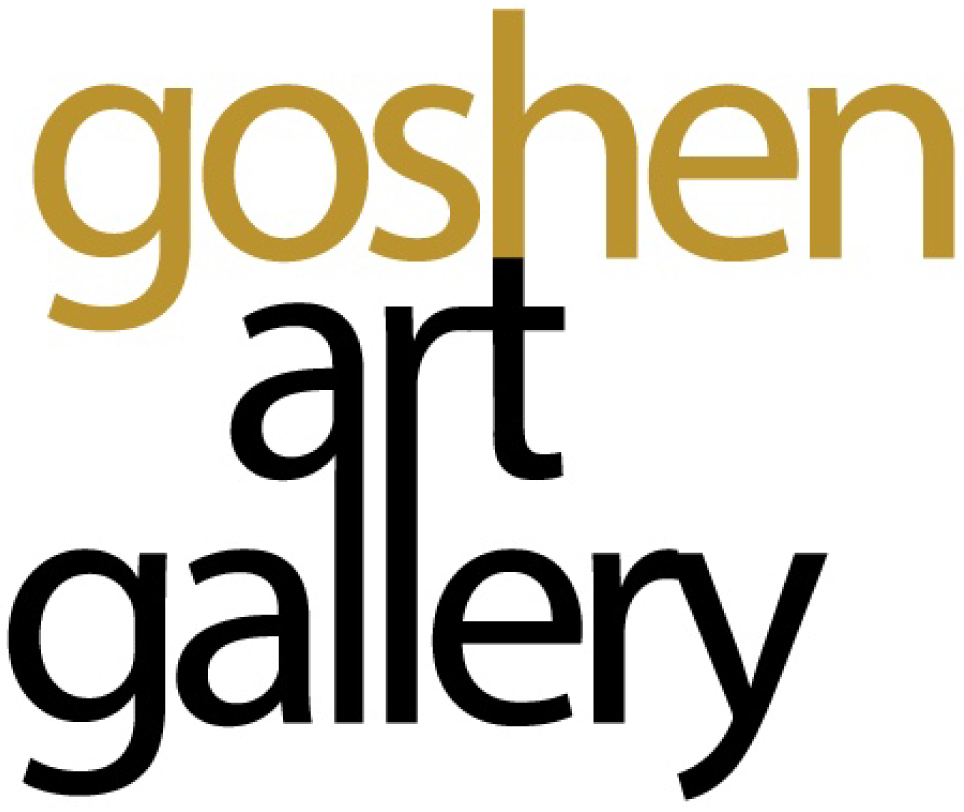Zhang Hong Lai
BORN: 1942
HOMETOWN: FUSHUN, LIAONING PROVINCE, CHINA
Calligrapher and painter Zhang Hong Lai, known to some as Quan Shi, was born in 1942 in Fushun, Liaoning Province. His strides in the world of art are one and many, as he is a member of the Liaoning Calligraphers Association, a member of the Provincial Mathematics Education Association, a director of the Municipal Calligraphers Association, a member of the Artists Association, and a lecturer in the Art Department of Teachers College.
Zhang Hong Lai does both modern and traditional renditions of his Chinese calligraphy works, usually done on an elongated script format as done from the first inception of the Chinese calligraphic style. He is highly well read, as he is even fluent in the art of writing ancient Chinese characters, that do show a visual variation to the modern day traditional and simplified characters as they bear an even closer likeness to pictures, which is basically telling of the roots of the Chinese characters. For example, the Chinese character for the word bird, or “Niǎo”, had started as a symbol closely resembling a picture drawing of a bird, one with a large beak and small head, much like a toucan. However through four stages of progression, it has turned into our modern day scripture known in simplified Chinese as '“Niǎo” (鸟), or in traditional Chinese as “Niǎo” (鳥). Zhang’s explorations into the many variations of Chinese scripture show his dedication to this ancient craft and cultural art form.
His scriptures utilize the “Li” style of calligraphy, also known as the clerical style. Clerical script characters are often "flat" in appearance, being wider than the preceding seal script and the modern standard script, both of which tend to be taller than they are wide; some versions of clerical are square, and others are wider.
His works have participated in many exhibitions in Beijing, both of the provincial and municipal variations. Some to name are his joint exhibitions of 18 cities across the country, exhibitions in the three eastern provinces, and his participation in the 90th International Calligraphy Competition. Many works have been collected by Yinchuan Art Museum, which catapulted his name into publications such as the Dictionary of Contemporary Chinese Artists along many others.

